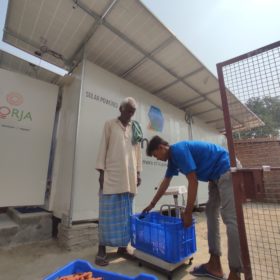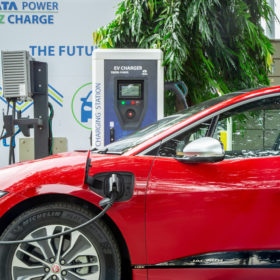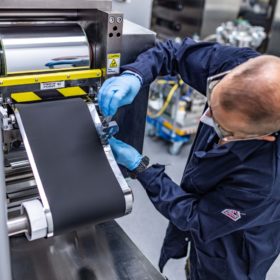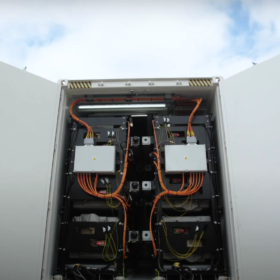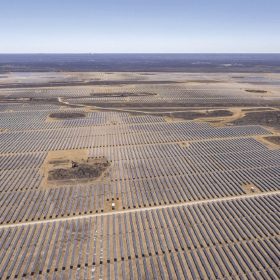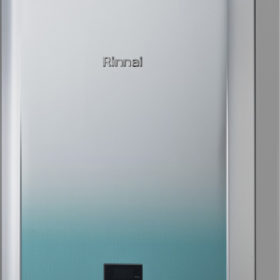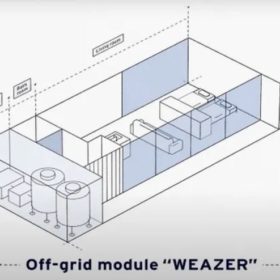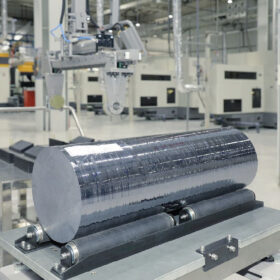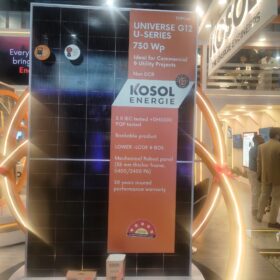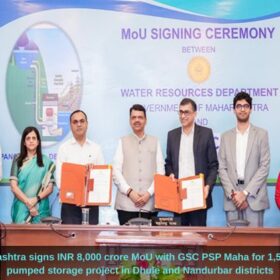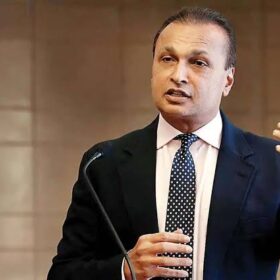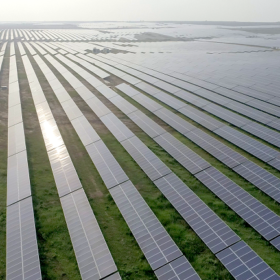ISA opens global bids for solar cold storage in Africa
The International Solar Alliance (ISA) is overseeing bids from prospective contractors to supply, install and commission solar cold storage capacity in Senegal, Sudan, and Seychelles. Bidding is also open for two 2 MT systems in Djibouti.
Tata Power installs 150 clean energy-powered EV charging stations across Mumbai
The company has installed solar, wind, and hydro-powered electric vehicle charging stations at residential societies, malls, commercial complexes, and petrol pumps in the city.
US startup unveils non-flammable batteries for EVs, storage
Alsym will produce its new batteries – made of readily available materials, without lithium or cobalt – for electric vehicles, stationary storage, and marine applications.
EV battery can reach 98% charge in less than 10 minutes
Enovix has shown that its US-made silicon anode lithium-ion batteries can charge from 0% to 80% in just five minutes.
Hinduja Group invests in UK second-life battery storage specialist
Hinduja Group, an Indian multinational, has invested GBP 15 million (($18.4 million) with four other investors in Connected Energy, a developer of energy storage systems based on second-life electric vehicle batteries. The investment will help Connected Energy to scale up its operations and move into utility-scale project development.
Gujarat tenders 500 MW of renewables with storage
The selected developers shall set up grid-connected solar, wind or hybrid wind-solar projects on a ‘build-own-operate’ basis along with required energy storage systems for assured peak power supply. Bidding closes on July 30.
Battery metals: How quickly can supply ramp up?
A couple of weeks ago, Goldman Sachs sent shockwaves through battery metals markets, issuing a prediction that cobalt and lithium in particular were due for a sharp price decline in the next two years. But London-based Benchmark Mineral Intelligence is loudly pushing back, outlining its reasons why it believes the call on lithium was wrong. Meanwhile, US analyst Wood Mackenzie says that the battery raw material chain will remain tight, but notes that recycling could help to ease the supply deficit.
Hydrogen combustion tech for residential water heaters
Japan’s Rinnai has unveiled what it claims is the world’s first 100% hydrogen combustion technology for residential water heaters. It is currently using the hydrogen water heater in demonstration projects in Australia, prior to commercialization.
Replus to switch on 1 GWh lithium battery plant by March 2023
Hiren Pravin Shah, the executive director and CEO of Replus, told pv magazine that the company aims to scale its lithium battery factory in Pune to 5 GWh by 2025-26. It also plans to recycle end-of-life batteries.
Solar-powered offgrid residential unit from Japan
Japan’s Arth has designed an autonomous habitation module that produces water in places without energy and water infrastructure. The company said the residential unit could also be used as an emergency evacuation site.
